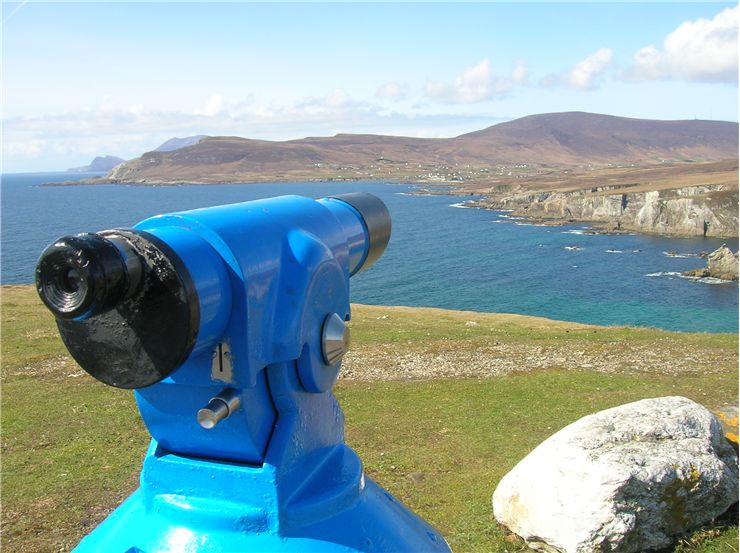Interesting Facts about Telescopes
- Dutch lens-makers were first who managed to create simple modern telescopes.
- First modern spectacles were made in 13th century.
- Telescopes come in many sizes, from small handheld ones to large building-size hangars, and even football field structures whose dishes are built directly into the ground.
- Hundreds of physicists, mathematicians and engineers helped telescopes to reach their current state, including well-known figures from science history like Galileo Galilei, Johannes Kepler, Christian Huygens, Isaac Newton and others.
- First space telescope that was launched from earth in 1970.
- Invention of first modern telescope is accredited to Dutch spectacle-maker Hans Lippershey who lived in 16th century.
- The most famous telescope of all time – space Hubble telescope – is responsible for 25% of space images in all modern scientific research papers. It transfers 120 GB of data each week, and its operational costs reached $10 billion.
- Medieval Europe came in contact with the science of optics via the translated Arab books, most notably Ibn al-Haytham's “Book of Optics” from 12th century.
- One of the most popular early uses of telescopes was on merchant ships, whose crew was very interested to find out what ships (friendly or hostile) sailed around them.
- Military use of telescopes was also very popular between 17th and 19th century. They were used to easily spot troop movements and semaphore information lights from very far away.
- Large astronomy telescopes are built on top of mountains so that they can observe the sky that is unobstructed with clouds or thick layer of atmosphere that introduces slight flicker to the incoming rays of light.
- Many large telescopes are planned to be built by the year 2022. The largest one is “European Extremely Large Telescope” with its large 39.3m diameter segmented primary mirror, followed closely by Hawaiian “Thirty Meter Telescope” and Chilean “Giant Magellan Telescope”.
- Almost all modern scientific telescopes are networked to the internet, enabling astronomers to easily access their data and control them remotely.
- Telescopes can be separated in several categories, most notably type of its mount and electromagnetic spectrum it is observing (Optical, Radio, X-Ray, Gamma-ray and high-energy particle telescopes).
- First experiments in optics happened in Ancient China and Ancient Greece between 5th and 3rd century BC.
- Galileo popularized telescopes to European scientific and royal community, but it was Issac Newton who made them truly viable for scientific use. His reflecting telescope was much more powerful than refracting telescope that Galileo used.
- The successor of famous Hubble telescope will be James Web Space Telescope, which will have significantly larger mirrors and ability to gather light.
- Scientific telescopes are not always solitary instruments. They can be bult as large arrays of telescopes that collect visible light or radio signals over large distances. The most famous telescope observatory of that type is Very Large Array (VLA) in New Mexico. It has 27 antenae with dish diameters of 25m.
